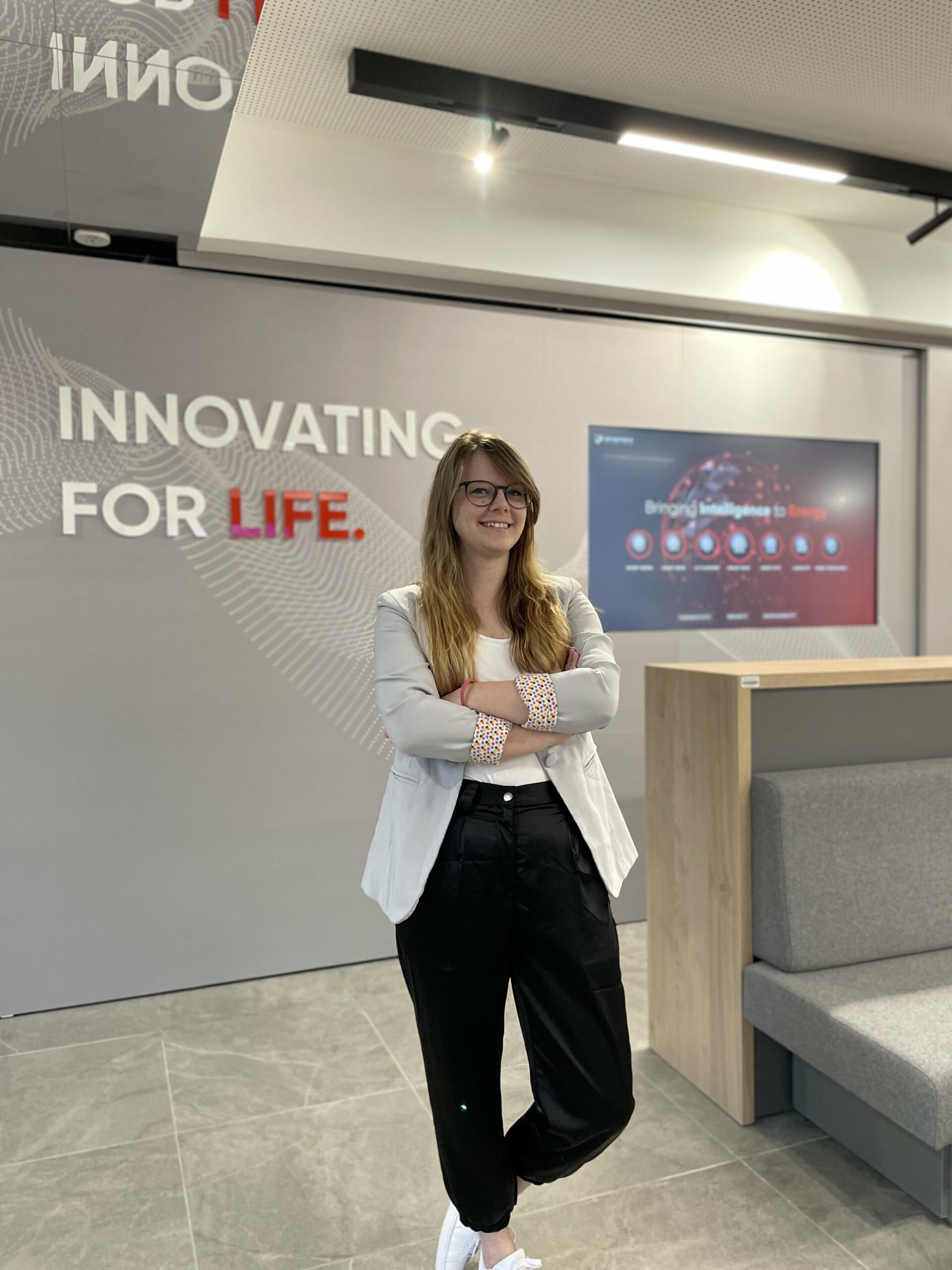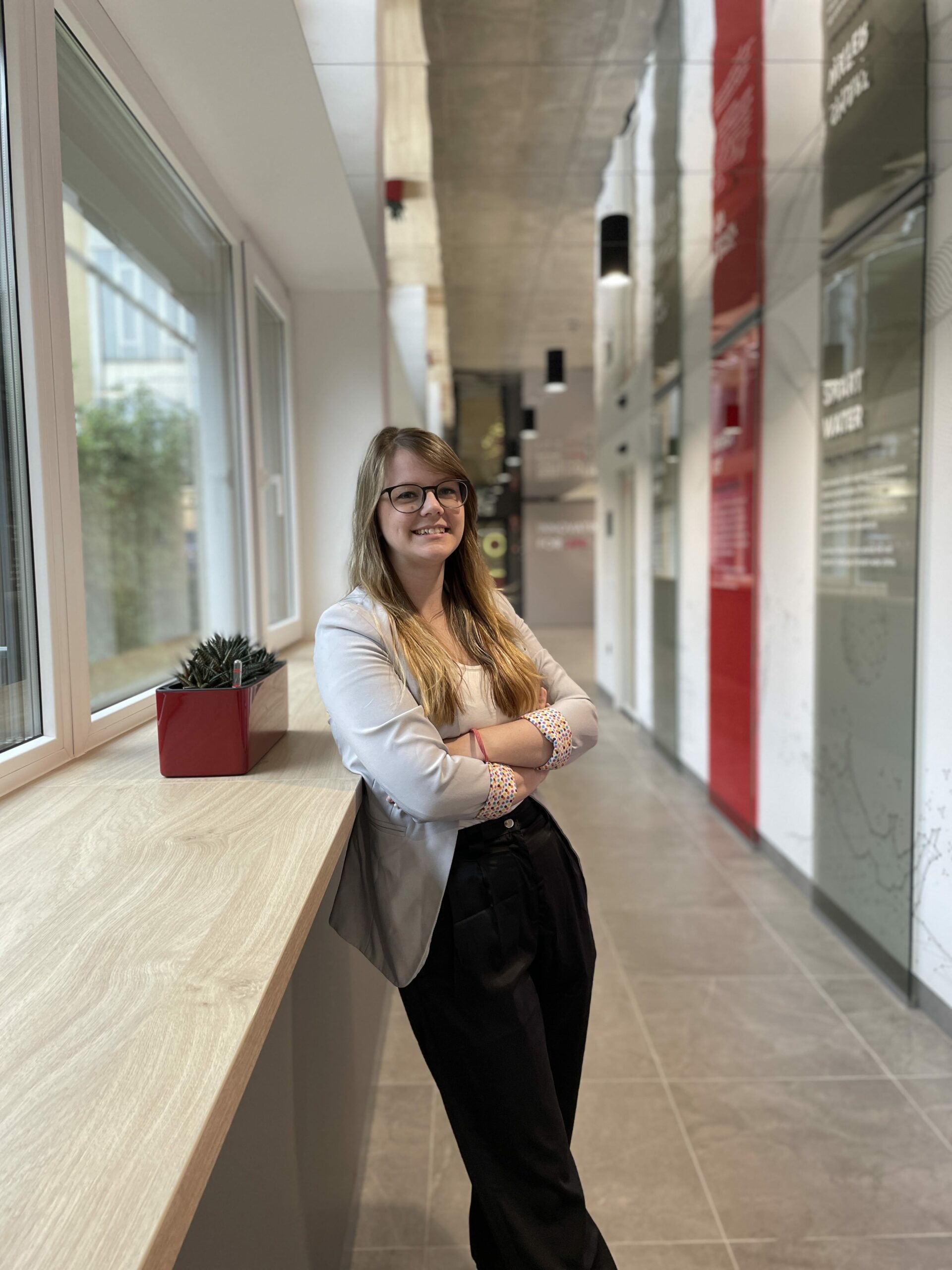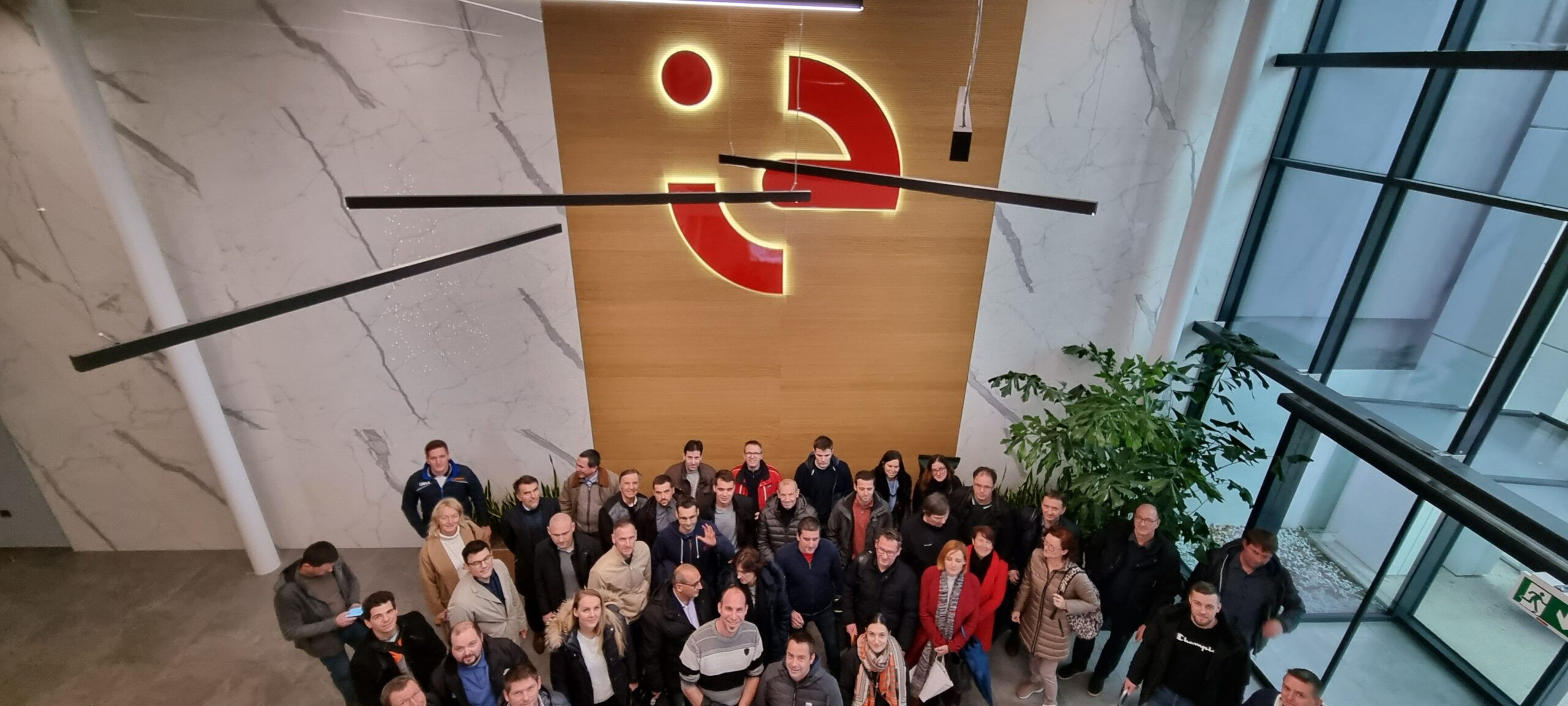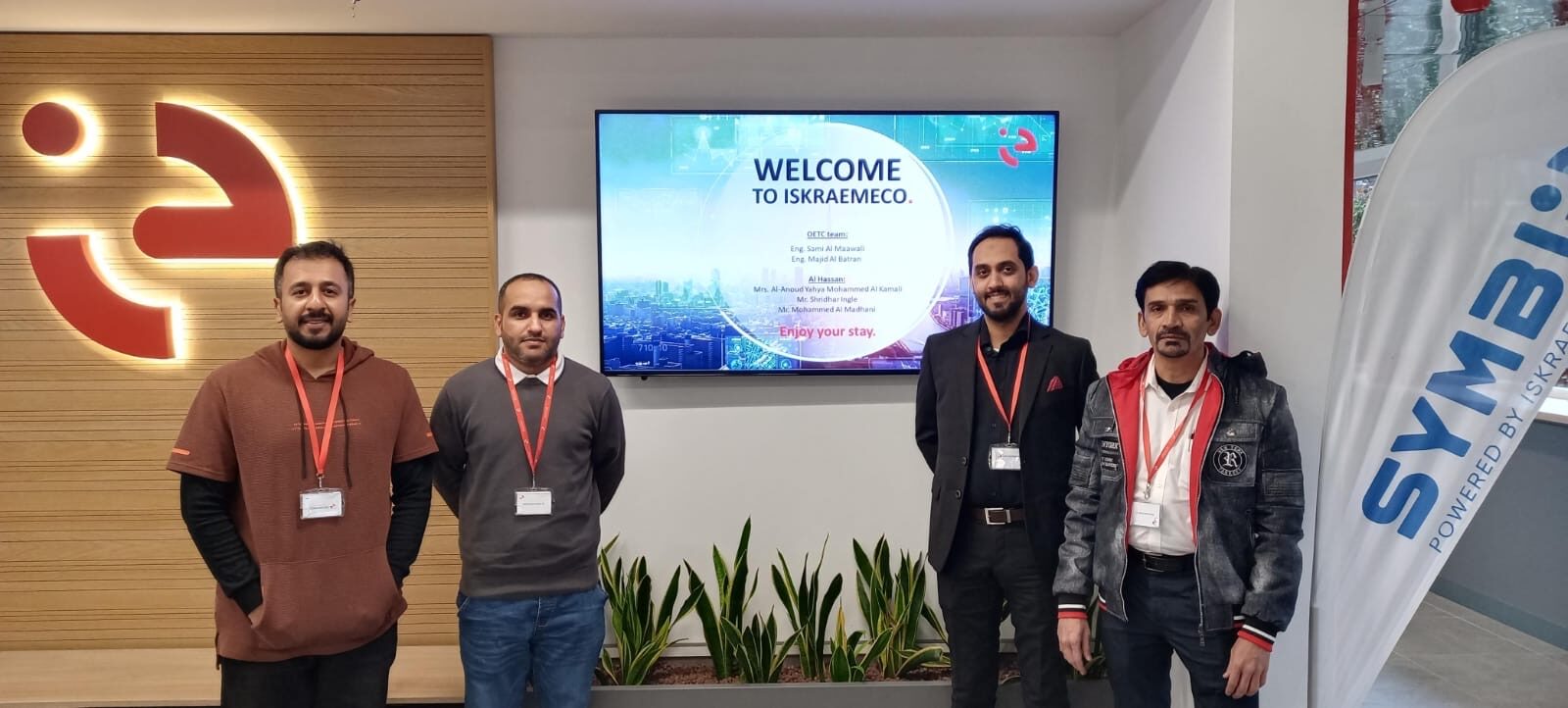Nina, congratulations on your nomination for Engineer of the Year 2023. Positive examples of women excelling in engineering play a vital role in inspiring others to pursue this career. What advice would you offer to women aspiring to follow in your footsteps?
Thank you! For any woman who senses a calling to be an engineer or is on the verge of discovering that calling, my advice is to pursue her dreams and interests wholeheartedly. Success often requires perseverance through challenges, which may not always be technical. It’s crucial to stay courageous, seek assistance when needed, embrace continuous learning, and foster personal growth. Additionally, recognizing the significance of diversity, fresh perspectives, and individual contributions is essential for propelling the engineering field forward.
Have you encountered any challenges in your professional journey as a woman in a predominantly male-dominated field? If yes, kindly share your experiences.
Though personally, I haven’t faced gender-specific hurdles in my profession, I’ve noticed reluctance among young women to pursue engineering due to factors like bias and a lack of female role models. Building confidence, establishing a strong professional base, and championing equality are essential elements for a successful career path and a more inclusive workplace. This foundation fosters innovation and diversity.
The Engineer of the Year nominees showcase diverse backgrounds, and you’ve chosen to specialize in the energy sector. What drew you to this field, and what aspects of it do you find particularly interesting?
I was drawn to the complexity and innovative potential of the energy sector. I view it as a crucial player in crafting a sustainable future, where engineering solutions are instrumental in addressing the hurdles of energy efficiency and the shift from fossil fuels to renewables. Additionally, I acknowledge the multitude of innovation opportunities in this sector, spanning both existing and emerging products, fostering increased value in the energy industry. This motivates me to develop advanced technological solutions that contribute to sustainable development and the effective utilization of energy resources.
Could you provide insight into the nature of your responsibilities and tasks as an independent development engineer focusing on innovation at Iskraemeco?
As an independent Innovation Development Engineer at Iskraemeco, my responsibilities are split between two primary areas: innovation and technology. In the innovation domain, my focus lies in the development of sensors, specifically those designed for measuring electrical current and ensuring precise measurements. Serving as the primary expert in this development area, my tasks span from conceptual design to conducting final measurements in the laboratory. These measurements serve as the foundation for certifying our products.
Within the technology sector, my role involves ensuring the proper calibration and measurement of all meters before they leave our production facility. Additionally, I take on the responsibility of overseeing the seamless operation of all systems. Essentially, I serve as the connecting link between two sectors within the domain of measurement accuracy.
My work also involves the active application of my expertise in 6sigma for data analysis. I utilize this knowledge to consistently enhance processes, ensuring that all facets of production and development align with the highest quality standards. Through these efforts, I contribute to the ongoing advancement of innovation and technology at Iskraemeco.
“Building confidence, establishing a strong professional base, and championing equality are essential elements for a successful career path and a more inclusive workplace.”
How do you perceive the efforts of both educational authorities and private companies, such as Iskraemeco, in fostering enrollment in STEM education programs?
At the primary school level, I observe insufficient efforts to effectively encourage students to enroll in STEM programs and specialized schools. Often, students are introduced to technology through their personal hobbies or family influences, but some who might be interested lack comparable opportunities. In contrast, secondary schools, particularly vocational ones, organize events facilitating students’ exposure to professions, while general secondary schools do not provide such chances.
On the flip side, private companies such as Iskraemeco are proactively partnering with educational institutions. They attend school and college-organized events like career fairs and actively contribute to presentations during these occasions. Furthermore, these companies promote STEM program enrollment by actively participating in student initiatives, offering internships, and providing staff scholarships. This ensures that students stay connected to the technology sector throughout their education, gaining valuable insights into various career options.
Drawing on your engineering expertise, envisioning the challenges within your profession, consider this hypothetical scenario: If you were to conceptualize an innovative gadget to simplify engineers’ tasks, what would it be, and how might it operate?
I understand this is purely imaginative! If I were to devise a futuristic tool for engineers, I’d design a mind-reading system. Often, I find that I miss the precise information I would obtain if I handled the task personally. This groundbreaking technology would enable the direct transmission of accurate information about work and projects among team members, enhancing communication and ensuring a better grasp of the tasks at hand. However, there would need to be a mechanism to filter out non-work-related thoughts.
Additionally, I would develop a teleportation device allowing engineers to instantly travel between different locations. This would expedite problem-solving, foster on-site collaboration, and optimize time utilization. Together, these two innovations would significantly enhance efficiency and streamline work processes within the engineering field.
What are the prevailing trends in engineering, and how do you adapt to or integrate them into your work?
Within my role, I actively track current engineering trends, particularly in the domains of digitalization, automation, and artificial intelligence. In my own work, I apply these trends in various ways. For instance, I employ advanced simulations for sensor development, automate meter calibration to ensure precise measurements during production, and engage in data analysis to continuously enhance our processes. Additionally, I frequently leverage ChatGPT for programming assistance, enhancing efficiency and expediting the development of technological solutions. This approach ensures that my work aligns with contemporary engineering practices, contributing to the ongoing innovation and technological advancement of our solutions.
What do you anticipate will be the next major breakthrough in engineering that will significantly impact our daily lives?
Considering the ongoing advancements in technology and science, the ‘next big thing’ in engineering is likely to be tied to the further evolution of artificial intelligence, quantum computing, space travel, or even the emergence of a novel method for generating electricity that could potentially replace fossil fuels. The possibilities are indeed vast.
How do you envision the future development of your career path?
In the future, I aim to advance my career within the company. In the short term, I aspire to maintain a dual role, as I believe it provides me with a diverse range of experiences and skills. However, as time progresses, I hope to have increased opportunities to influence the decisions and trajectory of the company. To achieve this, I plan to continue my education, particularly in the 6sigma course, allowing me to take a more systematic approach to problem-solving and contribute to the overall success of the company.
If you weren’t an engineer, what alternative profession would you pursue, and what would be your backup plan?
That’s an interesting question. In primary school, my dream was to become a history teacher. However, considering my accumulated knowledge, I might still have pursued engineering for its career prospects, albeit not necessarily in electrical engineering. Perhaps I would have ventured into civil engineering, or, to explore a more unconventional path, into interior design or architecture.
Nina’s engineering top 3
- Top invention: The smartphone stands out as a groundbreaking invention, seamlessly integrating the features of a phone, computer, camera, and more. It opens up limitless possibilities for communication, work, entertainment, and creativity—all conveniently housed within a single device!
- Top engineer and a role model: Elon Musk, a visionary and the founder of Tesla and SpaceX, consistently surpassing the limits of engineering accomplishments. Role model: Future me.
- Top engineering ‘Aha’ moment: The development of the electricity grid, notably the introduction of alternating current (AC) by Nikola Tesla, marked a transformative ‘Aha!’ moment. This grid revolutionized the effortless transmission of electricity across vast distances, significantly influencing our daily lives, the economy, and technological advancement.
(Just for fun) My top engineering ‘Aha’ moment: The revelation that the sensor’s shielding wasn’t doing its job simply because the assumed ground pin was, in fact, not connected to the ground at all. Note to self: in the world of engineering, never trust assumptions—always opt for measurements first!




